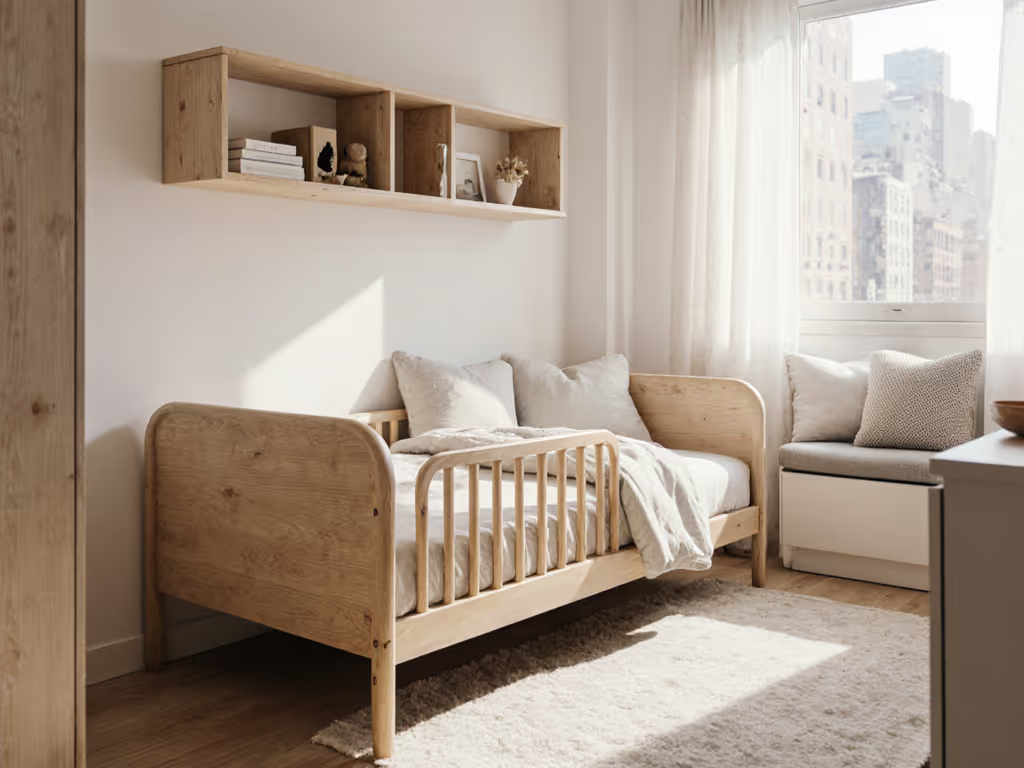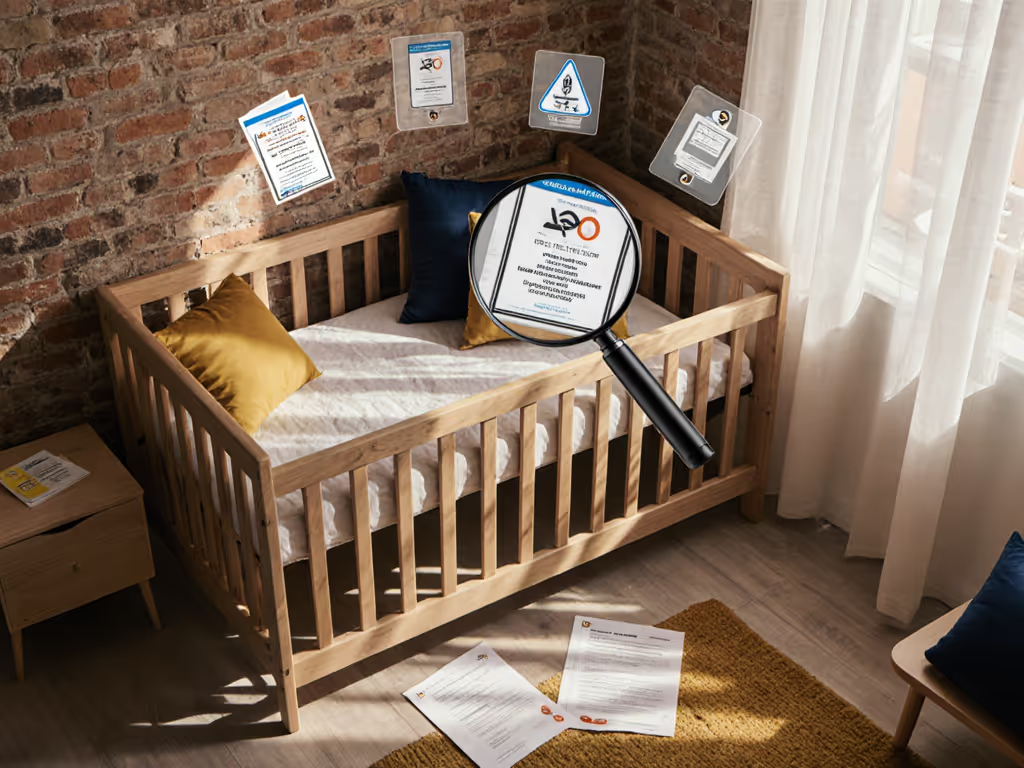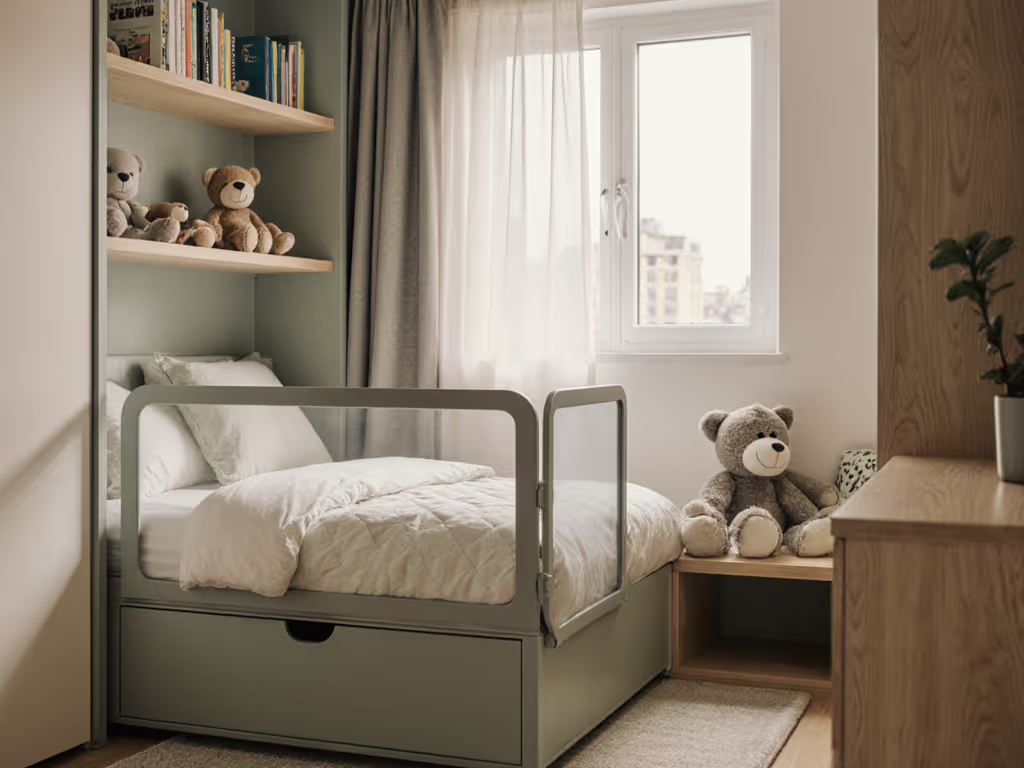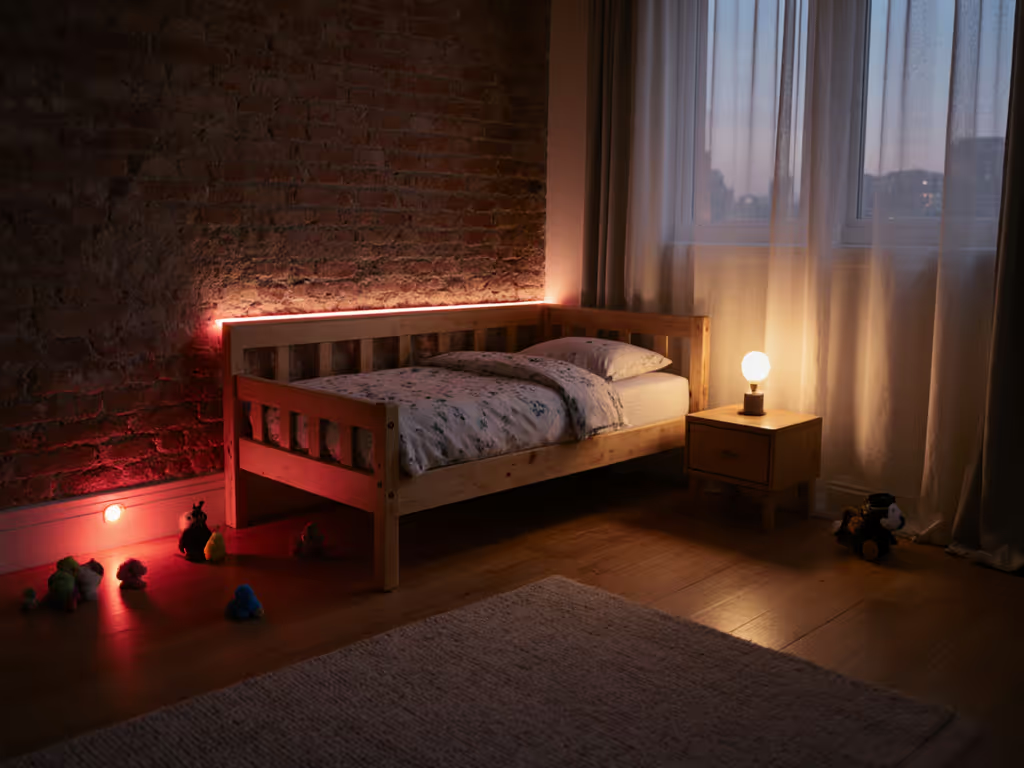
Hypoallergenic Toddler Beds: Step-by-Step Allergy-Safe Sleep Guide
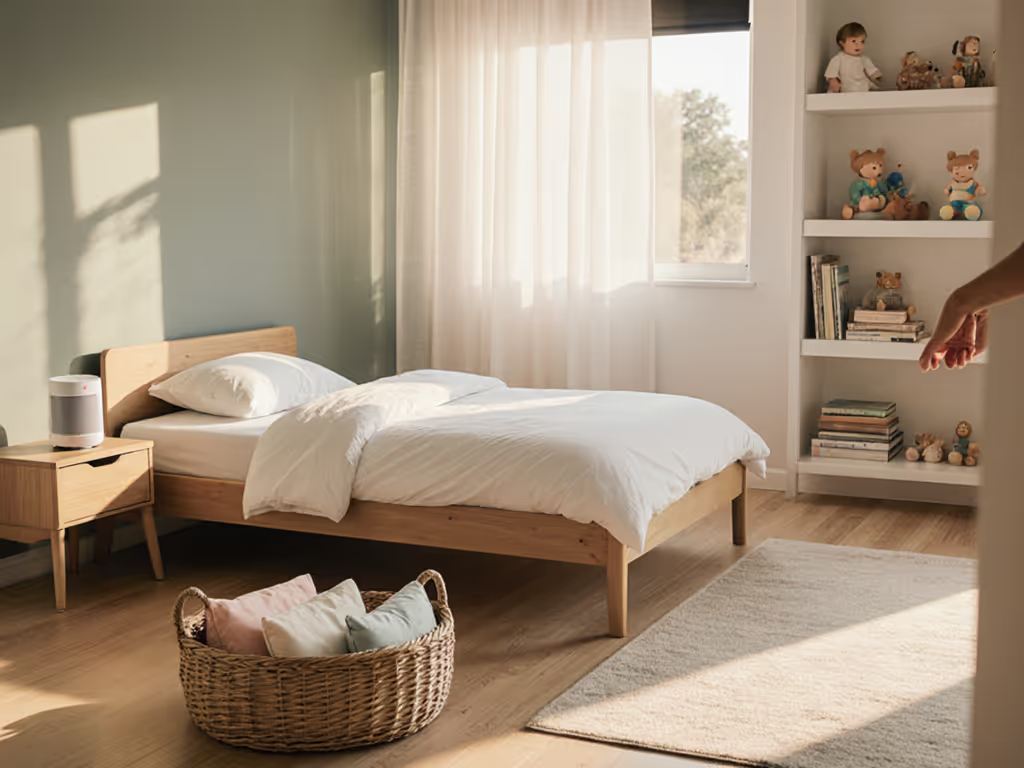
When you're searching for hypoallergenic toddler beds that deliver genuine allergy-safe toddler sleep, you're not just buying furniture, you're investing in your child's health and your family's peace of mind. As an apartment-dwelling dad who's navigated the tight quarters of urban living with two kids, I've learned that value isn't just in the price tag, but in what remains when trends move on. I once paid more for a convertible frame I could barely afford, and two years later sold it for 70% of retail, enough to fund the next size up. This guide cuts through the noise with data-driven steps to create a sleep sanctuary that's both allergy-safe and built to last.
The Value-First Approach to Allergy-Safe Sleep
Small-space parenting comes with unique challenges: every square foot matters, and every purchase needs to pull double duty. When it comes to your toddler's sleep environment, allergy concerns compound the space constraints. Let's break down the steps to create a truly hypoallergenic sleep space that won't leave you replacing components every year. The key? Pricing tomorrow's needs, not just today's budget.
1. Start with the Mattress: Calculating Total Cost of Ownership
Your mattress selection is the foundation of hypoallergenic sleep. Forget the initial price tag, focus on the total cost of ownership over 5-7 years as your child grows. Prioritize these features:
- Certifications that matter: Look for GREENGUARD Gold, GOTS, or MADE SAFE certifications (these validate low chemical emissions that impact toddler bedroom air quality)
- Washable components: A removable, machine-washable cover saves you from replacing the entire mattress after spills
- Breathable materials: Organic cotton, wool, and latex naturally resist dust mites without chemical treatments
I've seen parents save $200 upfront on a basic foam mattress only to replace it prematurely when allergens accumulated in non-washable materials. The depreciation curve on quality hypoallergenic options is significantly flatter.
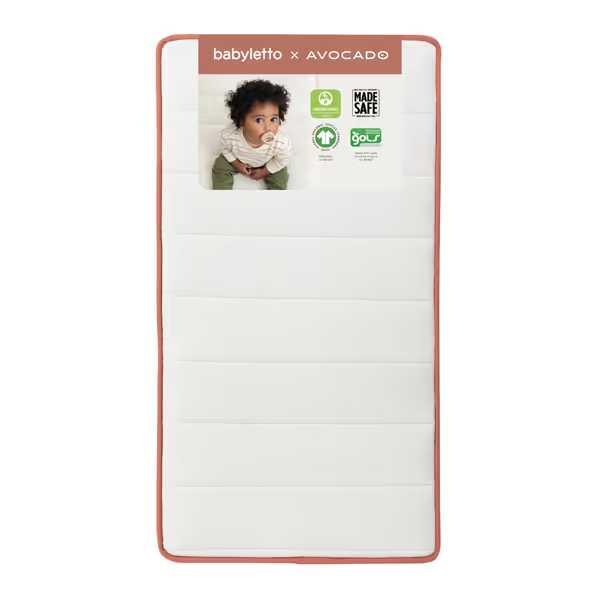
Babyletto Avocado Crib Mattress
2. Evaluate Dust Mite Prevention for Toddlers Methodically
Dust mites are the #1 allergen culprit in toddler beds. Most parents focus solely on mattress covers, but the real solution requires a systems approach:
- Encasement strategy: Use zippered, hypoallergenic covers on both mattress and pillow (for older toddlers)
- Material selection: Choose tighter weave fabrics (at least 230 thread count) that create a physical barrier
- Cleaning schedule: Wash bedding weekly in hot water (130°F+) to eliminate mites
Track your cleaning efforts against nighttime coughing or congestion. When I did this with my first toddler, I discovered our "hypoallergenic" mattress cover wasn't tight enough, we switched to a certified microfiber option and saw improvements within two weeks.
3. Optimize Air Quality with Strategic Placement
Toddler bedroom air quality isn't just about the bed, it's about the entire sleep ecosystem. In small apartments, consider: While optimizing airflow, ensure the room is fully childproofed for toddler bedrooms to eliminate hazards that can undermine safe, allergy-friendly sleep.
Position beds away from exterior walls (common moisture sources) and heating vents (which circulate dust)
- Airflow clearance: Maintain at least 6 inches between bed frame and walls for proper air circulation
- Elevation advantage: Beds with legs (rather than platform designs) improve under-bed air exchange
- Strategic placement: Avoid positioning beds directly under ceiling fans or air vents
This isn't just theoretical. Studies show proper airflow reduces relative humidity by 10-15%, directly impacting dust mite survival rates.

4. Select Non-Toxic Mattress Covers That Last
Many parents overlook mattress covers as a temporary solution, but they're actually your first line of defense. When evaluating options:
- Check durability metrics: Look for tear strength ratings (measured in pounds) alongside hypoallergenic claims
- Verify washability: How many wash cycles does the manufacturer guarantee before protection diminishes?
- Examine seam integrity: Double-stitched seams prevent allergen entry points as the cover ages
The market liquidity of replacement covers matters too. Choose brands with readily available, standardized sizes. Nothing wrecks your sleep strategy like hunting for a discontinued cover size at 2AM after an accident.
5. Implement Allergen-Free Bedding Solutions with Purpose
Bedding often gets overlooked in the hypoallergenic equation. Follow this rational selection process:
- Material hierarchy: Organic cotton > bamboo > polyester (in terms of breathability and natural allergen resistance)
- Thread count sweet spot: 230-400 (higher counts can reduce breathability while providing minimal additional allergen protection)
- Maintenance reality check: Can you realistically wash pillowcases 2x/week? If not, choose more durable options
My rule of thumb: Buy 3 sets of sheets minimum. This creates a rotation that ensures nothing stays in the "to wash" pile long enough for allergens to accumulate.
6. Maintain Your Hypoallergenic System Religiously
The best setup fails without proper maintenance. Create a sustainable schedule: For a complete upkeep plan and inspection checklist, see our toddler bed maintenance guide.
- Daily: Vacuum around the bed (not directly on it, which can force allergens deeper)
- Weekly: Wash all removable covers and bedding at recommended temperatures
- Monthly: Rotate mattress (if applicable) and inspect for wear points
- Quarterly: Deep clean mattress with allergen-neutralizing solution
Tracking these efforts against your child's sleep quality transforms guesswork into data you can act on. When my daughter started preschool, I correlated her improved nighttime breathing with our consistent vacuuming schedule (proof that the effort pays off).
7. Calculate Long-Term Value Before Buying
Before finalizing your hypoallergenic toddler bed purchase, run this simple value analysis:
Total 5-year cost = Purchase price + (Replacement covers × 4) + (Mattress protector × 2) + (Cleaning supplies × 5)
Divide by years of actual use to get annual cost
Compare this to the cheapest option's likely replacement timeline. In my experience, investing 20-30% more upfront often cuts the annual cost in half through better durability and parts availability. That's why I always say: price tomorrow, not just today.
The Final Verdict: Your Allergy-Safe Sleep Checklist
Creating truly hypoallergenic toddler beds requires moving beyond marketing claims to system thinking. Your ideal setup should:
- Feature certified, washable mattress components that track with your child's growth
- Include strategically placed non-toxic mattress covers that maintain protection through multiple washes
- Deliver measurable improvements in toddler bedroom air quality through smart room layout
- Incorporate practical dust mite prevention for toddlers that fits your family's real-world cleaning habits
- Represent a sound investment when calculating total cost of ownership
Remember, the best hypoallergenic solution isn't necessarily the most expensive (it's the one that maintains its protective qualities while adapting to your child's changing needs). Buy once, list once, sleep better in between. To maximize return when you upgrade, review our toddler bed resale value analysis. When you price tomorrow's needs alongside today's budget, you create a sleep environment that delivers both health benefits and financial value, one that will serve your family well and retain enough market liquidity to fund your next smart small-space upgrade.


